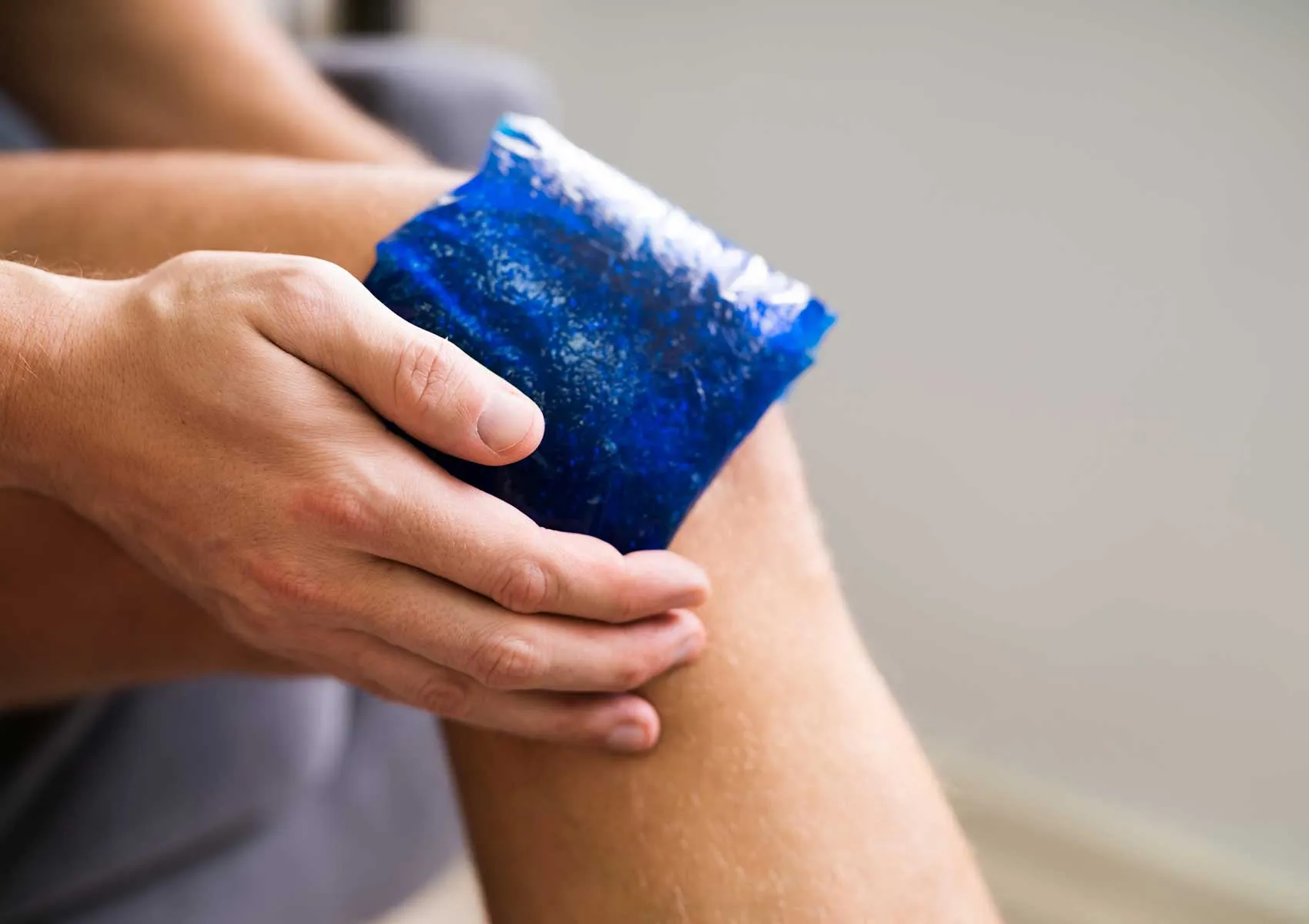Ice or Heat for Joint Pain: Which One Should You Use?
Common Causes of Joint Pain
To decide whether to use ice or heat, it’s essential to first understand what’s causing the joint pain. The most common causes include:
- Sudden trauma, sprains, or injuries
- Sports-related overuse
- Joint swelling or fluid buildup
- Tendon, ligament, or cartilage injuries
- Rheumatic diseases like rheumatoid arthritis
- Degenerative conditions like osteoarthritis
- Joint infections
- Post-surgical inflammation
Some of these causes are inflammatory, others mechanical or degenerative. The choice between cold and heat therapy largely depends on this distinction.
When Should You Use Ice?
Ice therapy (also called cryotherapy) constricts blood vessels, reduces inflammation, and helps control swelling and pain. It’s especially helpful in the early phase of injury or acute inflammation.
You should use ice in the following situations:
- Acute joint injuries or trauma within the first 48–72 hours
- Sprains, strains, or falls
- Post-surgical swelling
- Joint overuse after intense exercise
- Soft tissue injuries with swelling
How to Apply Ice:
- Use a cold pack wrapped in a towel (never apply ice directly to skin)
- Apply for 15–20 minutes, up to 3–5 times per day
- Allow at least 1 hour between applications
- Avoid prolonged exposure to prevent frostbite or skin damage
When Should You Use Heat?
Heat therapy dilates blood vessels, increases circulation, and helps relax tense or stiff muscles. It’s beneficial in chronic pain, muscle spasms, or conditions that require increased blood flow to promote healing.
You should use heat in the following cases:
- Chronic joint pain (lasting more than a few weeks)
- Muscle stiffness or tightness
- Osteoarthritis-related morning stiffness
- Fibromyalgia or chronic muscle tension
- Non-inflammatory joint and soft tissue pain
How to Apply Heat:
- Use a hot water bottle, heating pad, or warm towel
- Apply for 15–20 minutes, ensuring the temperature is tolerable
- Never use heat on open wounds, infections, or inflamed joints
- Avoid applying directly to the skin without protection
Risks of Incorrect Use
Applying the wrong method may delay healing or worsen pain. For instance, using heat in an inflamed joint can increase swelling, while using ice on stiff or tight muscles can cause cramping and discomfort.
To avoid complications, understand the nature and timing of the injury before choosing a treatment method.
Quick Reference Table: Ice vs. Heat
|
Condition |
Recommended Method |
|
Acute injury (first 48–72 hours) |
Ice |
|
Sprain or fall-related swelling |
Ice |
|
Post-operative swelling |
Ice |
|
Osteoarthritis-related stiffness |
Heat |
|
Muscle spasm or tightness |
Heat |
|
Chronic non-inflammatory joint pain |
Heat |
|
Active inflammation or redness |
Ice |
|
Fibromyalgia, muscle fatigue |
Heat |
FAQ
-
Is ice always the right choice for joint pain?
No. Ice is ideal for acute injuries or swelling, but not for chronic stiffness or tight muscles.
-
Can I use both ice and heat on the same area?
In some cases, alternating cold and heat (contrast therapy) may be beneficial, but only under medical guidance.
-
Can heat worsen joint inflammation?
Yes. Applying heat to an actively inflamed joint can worsen swelling and pain.
-
Is it safe to apply heat for any kind of pain?
No. Heat should not be used on acute injuries, infections, or in the presence of redness and active swelling.
-
How long should I apply ice or heat?
15–20 minutes per session is ideal for both, and longer sessions should be avoided to prevent skin irritation or damage.

